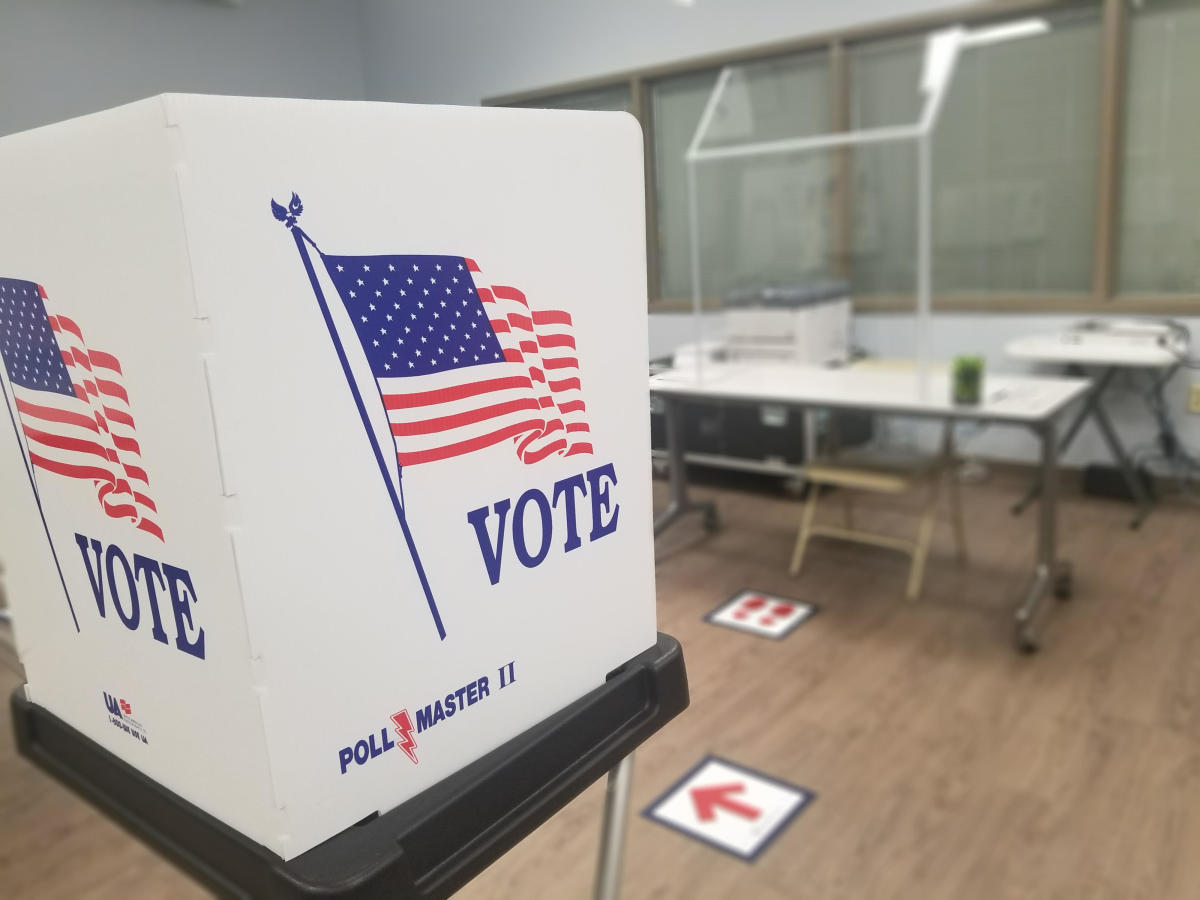| David Montgomery | MSN |
The central rite of American democracy — casting a vote — no longer seems to work. Odds are that your vote doesn’t much matter — only 14 percent of all 435 U.S. House races this year are competitive, and just 7 percent are considered toss-ups, according to the Cook Political Report — but the problems run deeper than that. The country is in the grips of a phenomenon that political scientists call “pernicious polarization,” a downward spiral of democratic decay. We are living in one of those crisis moments, Lee Drutman, a senior fellow in political reform at the New America think tank, recently told me, “that happen every now and then in our history, in which it becomes clear that the way we’re doing democracy is undermining liberal democracy. We need to rethink how we do things.”
The problems afflicting us are big — the rise of extremism and authoritarianism, an assault on democratic norms — but some of the solutions may be surprisingly small, and might in fact boil down simply to how we choose our leaders. While America has obviously become more democratic over the centuries — as more and more people have fought for and won the right to vote — we haven’t kept up with innovations around the mechanics of voting. It’s as if Detroit pioneered the automobile but stopped iterating with the 1955 Oldsmobile, while being lapped by Porsches, Maseratis and Mercedes-Benzes.
”There’s no fight for the center.
Multi-member districts with proportional voting could yield a Republican elected from currently all-blue Massachusetts and a Democrat from deep-red Oklahoma. “What that really does is make sure that every district is getting more than one partisan view represented in its delegation,” says Danielle Allen, a professor of political philosophy at Harvard University who co-chaired the American Academy’s Commission on the Practice of Democratic Citizenship. “When the two caucuses go to their separate rooms, Democrats and Republicans, the whole country geographically would still be there.”
These innovations will no doubt face the eternal obstacle of politicians of both parties who may prefer the existing system, if for no other reason than because it has worked for them. Last year, Rep. Don Beyer (D-Va.) introduced the Fair Representation Act, which would establish ranked-choice voting for U.S. senators and multi-member House districts. He was moved to act because “there’s no fight for the center,” he told me. “There’s a fight for ‘Can you get your base out,’ ‘Can you be as un-nuanced and even conflict-generating as possible.’ ” He got seven Democratic co-sponsors and no Republicans.
Reformers know it will likely take some years before their changes have a chance of becoming law. We’re in an early stage of these ideas, Levin says — the phase “where you just hear serious people talk about this and start to say, ‘Maybe we can do this.’ ”
Allen is heartened by the experiments with ranked-choice voting, alternative primaries and other reforms already taking place in states and municipalities. “This is going to be a story of state-level transformation that fundamentally changes the dynamics of politics in the country and that results in federal change,” she says. “I see us in the popcorn popper, and the popcorns are starting to pop.”






